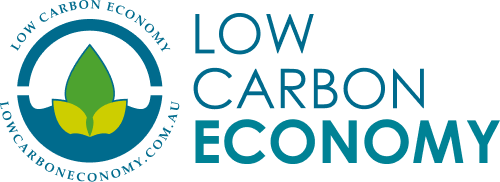becoming certified
Certification Levels
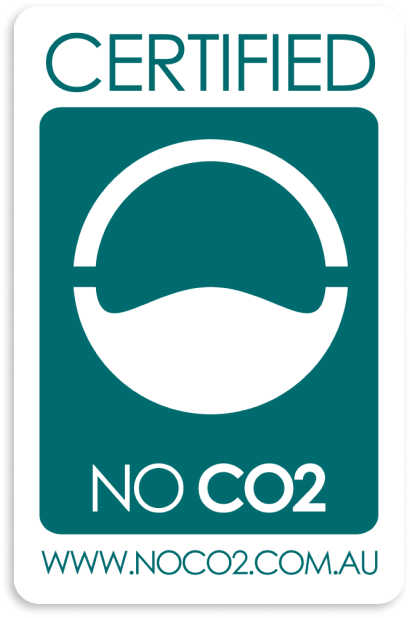
NoCO2 Business Certification
NoCO2 certification is an organisational certification which encompasses all emissions for which a business is responsible; across Scope 1, Scope 2 and Scope 3 emissions. Emissions are measured through a carbon audit and are fully offset through carbon credits.
A NoCO2 business is a carbon neutral business. Emissions reduction strategies are tracked and monitored over time through the completion of an annual carbon audit. This certification offers the greatest impact on climate change and provides reputational and cultural benefits for your business.
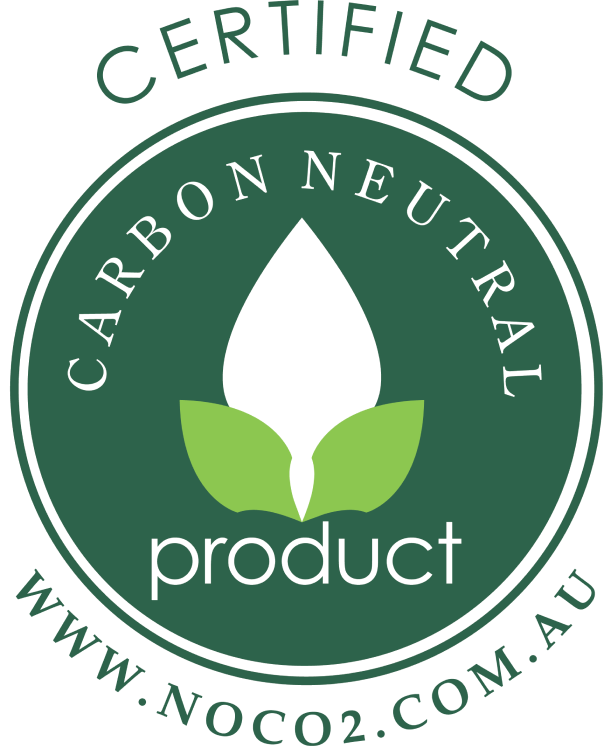
Carbon Neutral Product Certification
Carbon Neutral Products certification ensures that you have accounted for, and fully offset, all of the emissions associated with your product. The product carbon footprint is calculated through a comprehensive Life Cycle Analysis (LCA) of the product and offsetting is based upon product sales.
Emissions assessed cover raw materials, including their extraction and transportation; and production, shipping, distribution, use, and end of life disposal of the product.
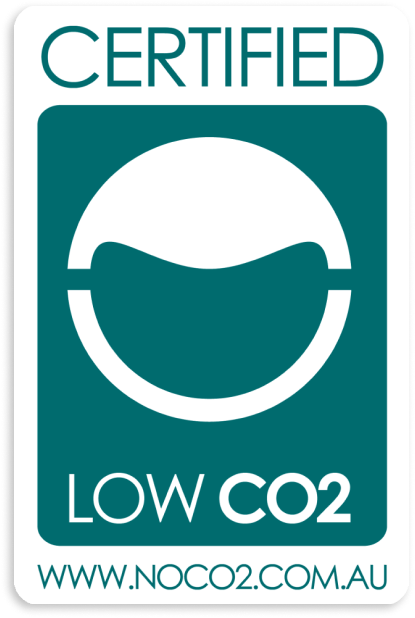
LowCO2 Business Certification
LowCO2 certification is an organisational certification focussed on the operational impacts of a business. LowCO2 certification is primarily for businesses that can't achieve carbon neutrality or are starting the journey to carbon neutral. Emissions are measured through a carbon audit, and an annual emissions reduction target is set, which is achieved through a combination of carbon offsetting and emissions reductions.
An example of the type of business for which LowCO2 certification may apply is a Travel Agency which cannot feasibly offset all of their client’s travel, but still wants to offset their office impacts and engage their staff.
Steps To Certification
Following presentation and discussion of the Carbon Audit, a Certification Plan is presented to the client organisation to set out the conditions and certification options available through the NoCO2 certification program.
The certification plan serves as an agreement for the client’s chosen level of certification and their commitment to reduce their emissions (through carbon offsetting and reduction strategies). The certification plan also includes emissions reporting requirements, the fees for compliance, the use of logo branding devices and information regarding the purchase of carbon offsets.
The certification plan serves a number of purposes, namely:
- To provide your company with an emissions monitoring schedule to ensure it meets its certification level,
- Outline the costs of certification,
- Provide terms and conditions for use of logos and the responsibilities of your company and CRI in complying with certification.
We encourage you to read through the agreement closely to gain a strong understanding of the certification obligations.
Once you return the signed certification plan, you are provided with all of the benefits of certification including:
- Certification logos customised to your certification number, representing the level of climate change action taken,
- Certificate confirming the date, number and level of certification; and offsetting undertaken,
- Emissions reduction flyer and decision support,
- Office recycling guide with accompanying behaviour change stickers,
- Dedicated webpage in the Low Carbon Economy Directory website (lowcarboneconomy.com.au) that contains clear disclosure of your achievements in tackling climate change,
- Ongoing monitoring and advice to ensure that your brand receives the maximum long term value from certification, and
- Cross marketing opportunities with all certified carbon neutral businesses.
We invoice you for the proportion of carbon offsets you will need to purchase to maintain your certification. We check in with you quarterly (you may need to provide us with information such as quarterly product sales if relevant) and then each year we assess your carbon emissions again so that your certification and carbon offset purchases stay on track.
We encourage you to let us know throughout the year if you have had any major changes in your business which would affect your carbon footprint and if you implemented any carbon reduction measures recommended.
We are keen to assist you in promoting your certification as well as the commitment your company has to
combatting climate change.
Operational Boundaries
Scope 1
Direct GHG emissionsScope 2
Electricity indirect GHG emissionsScope 3
Other indirect GHG emissions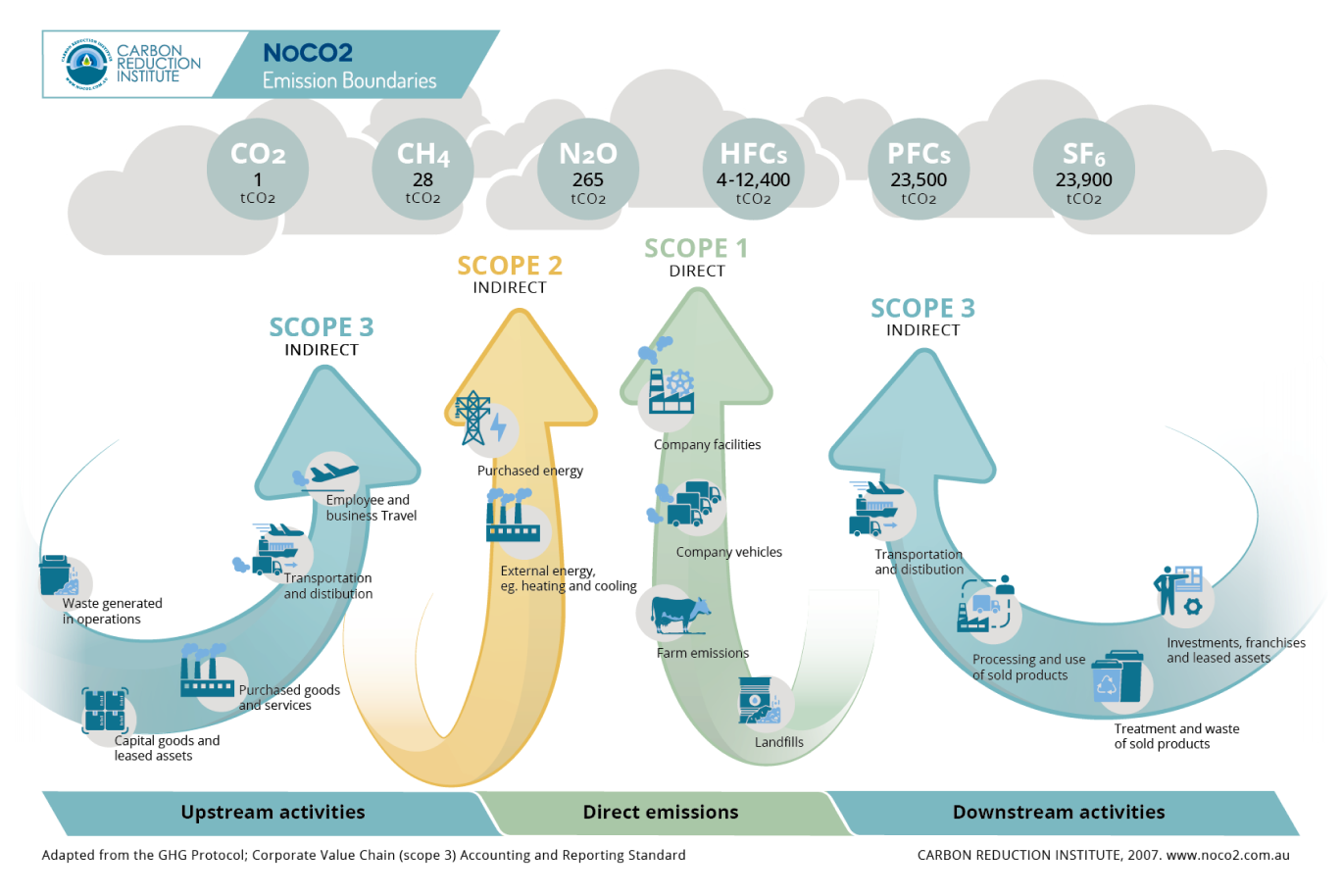
The Carbon Audit
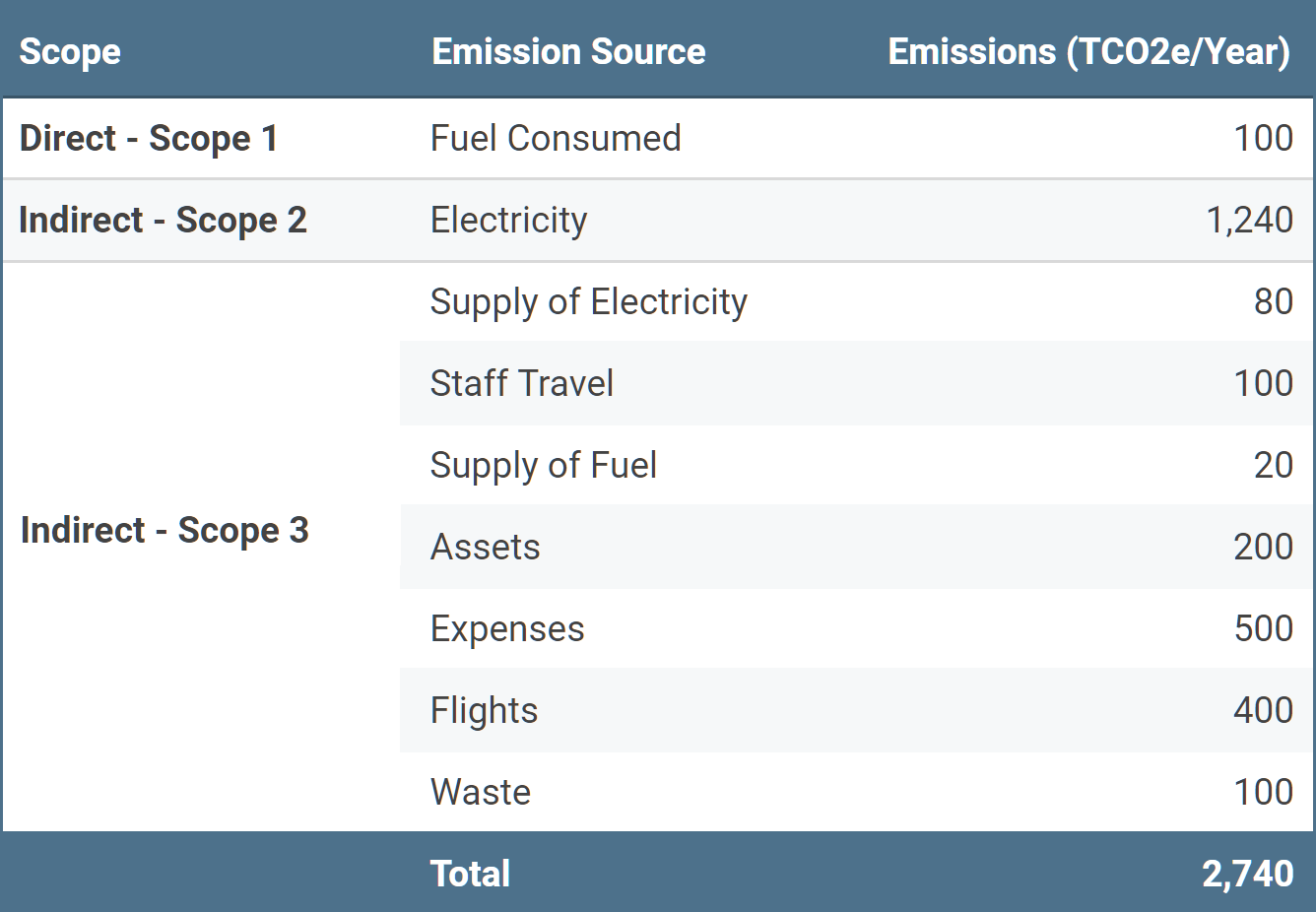
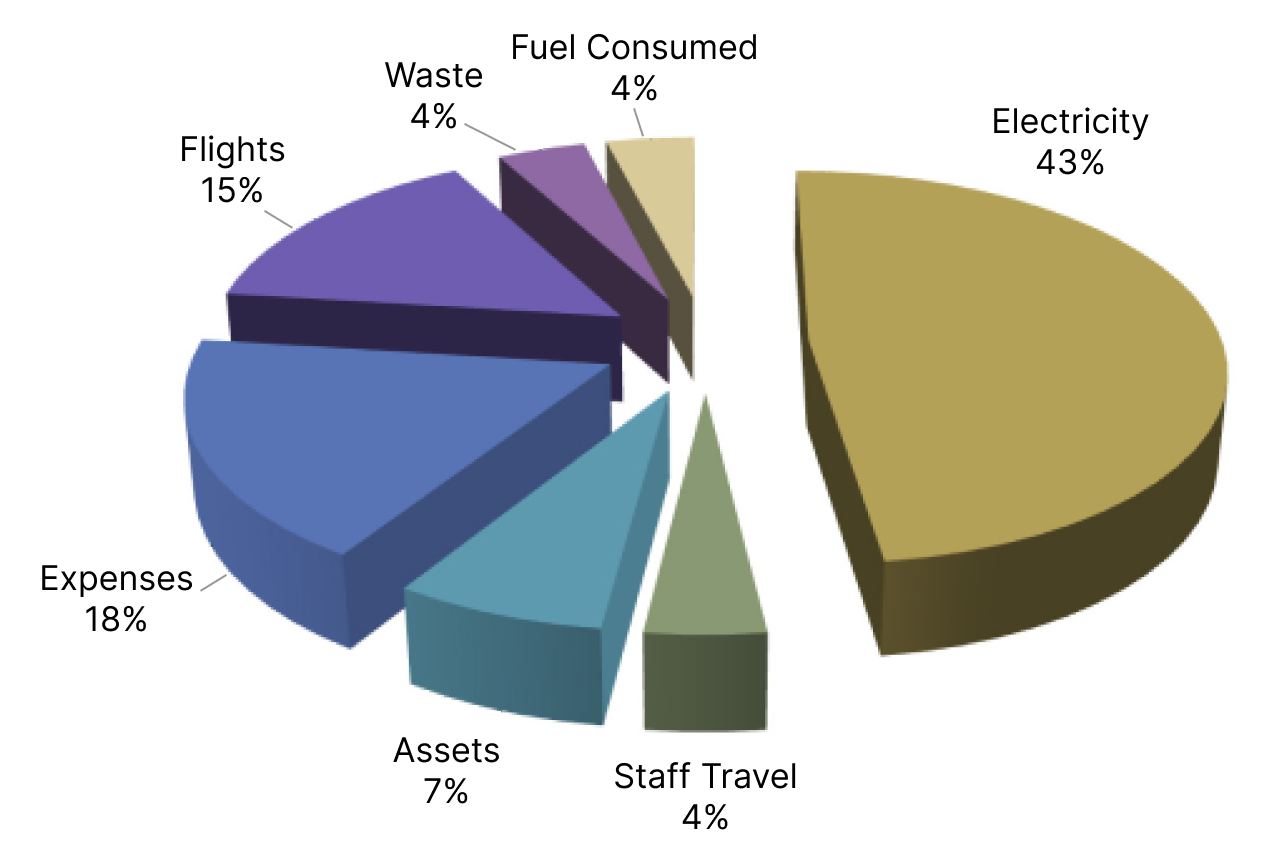
CERTIFY YOUR BUSINESS TODAY
Make your business carbon neutral with the Carbon Reduction Institute. Find out the benefits and process to make your business carbon neutral.
